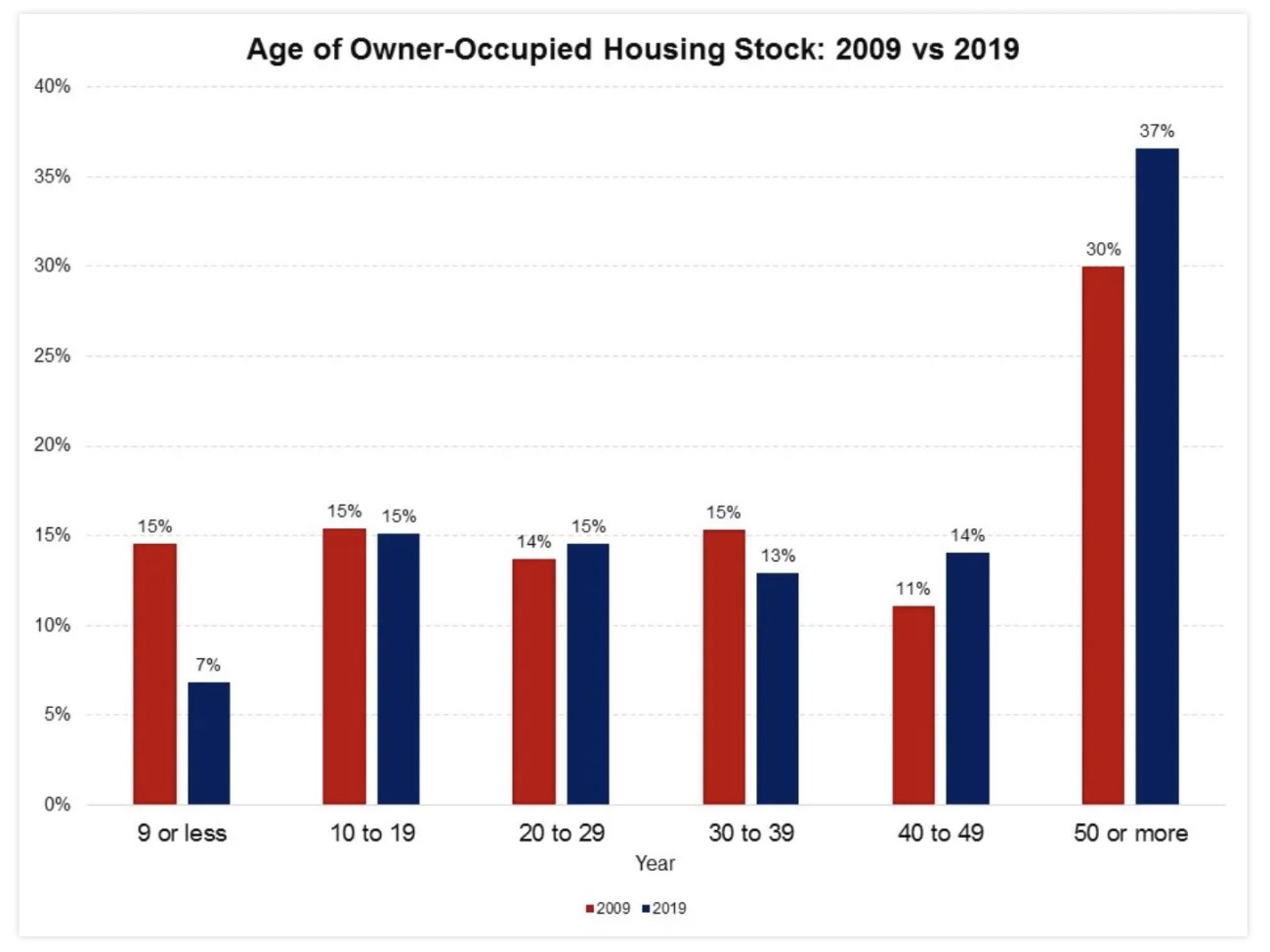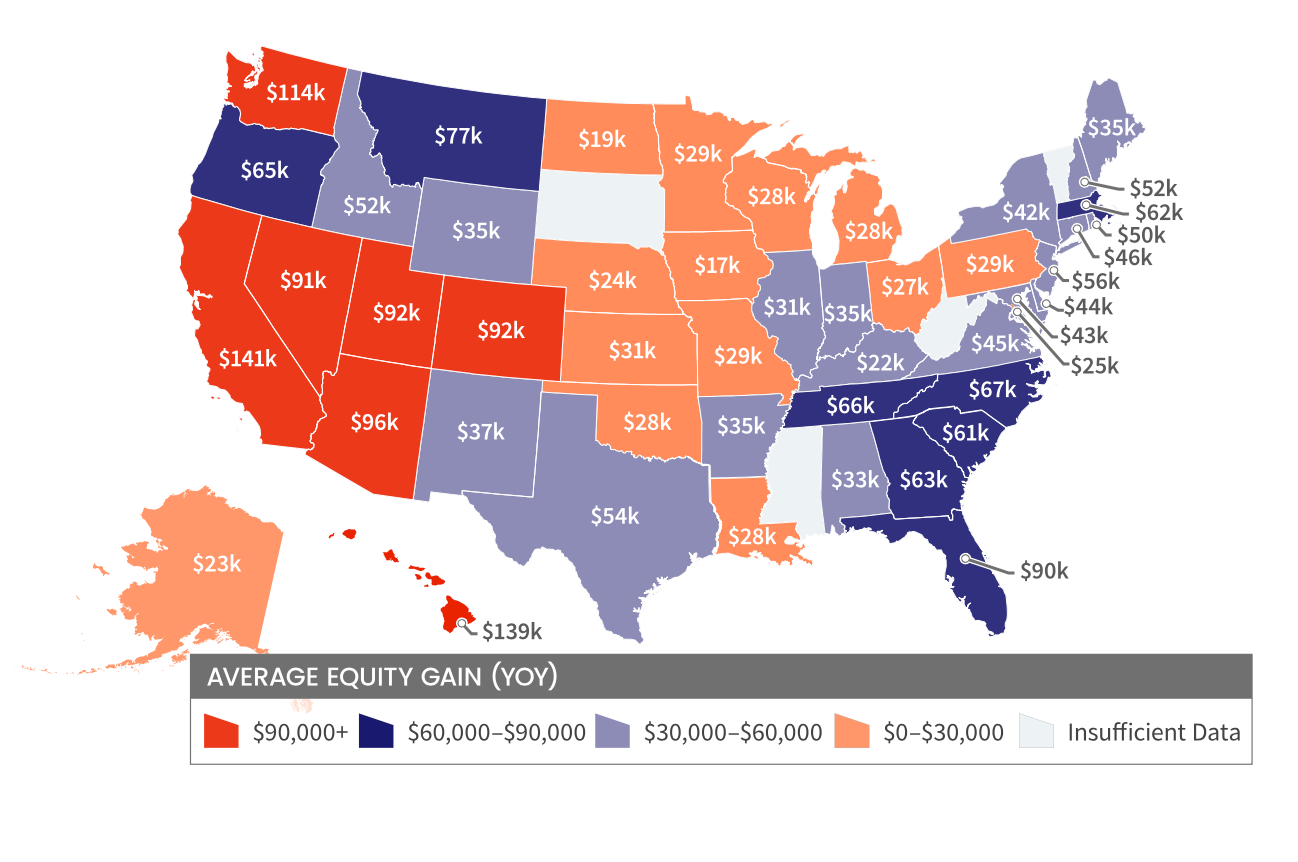Homeowners Skeptical Over iBuyers
Sixty-six percent of homeowners recently surveyed say they don’t believe iBuyers yield higher sales prices than traditional sales. However, a nearly equal number say they would consider using an iBuyer due to the flexible options for selling, a new survey from Clever Real Estate finds.
The number of iBuyer companies and services has grown over the last few years, offering buyers a way to sell their house quickly by receiving an instant cash offer and setting their closing date.
While survey respondents mostly said they don’t believe iBuyers offer more at closing, they said they would be willing to accept an average of $45,400 less for their home in order to sell it instantly and choose their closing date, the survey finds.
But 72% of homeowners would still want to work with a real estate agent when requesting offers from iBuyers. Some brokerages have added iBuying arms, such as Keller Offers, RedfinNow, RealSure and others, to their companies to allow agents to continue to guide these instant-offer transactions.
Sixty-five percent of homeowners say they would consider selling their home to an iBuyer. Millennial respondents were more open to the idea (72%) versus baby boomers (52%).
That said, even though the iBuyer real estate model is now nearly a decade old, only 27% of about 1,000 homeowners surveyed by Clever Real Estate could correctly define what an iBuyer is. The sales strategy is still relatively uncommon; iBuyers comprised just 1.3% of home sales in 2021.
“The sentiment around iBuyers is complicated because the average American homeowner isn’t completely against them, but also doesn’t know much about them,” the Clever Real Estate survey says.
Source:
“American Attitudes on iBuyer Companies: 2022 Data,” Clever Real Estate (June 6, 2022)
©National Association of REALTORS®
Reprinted with permission







